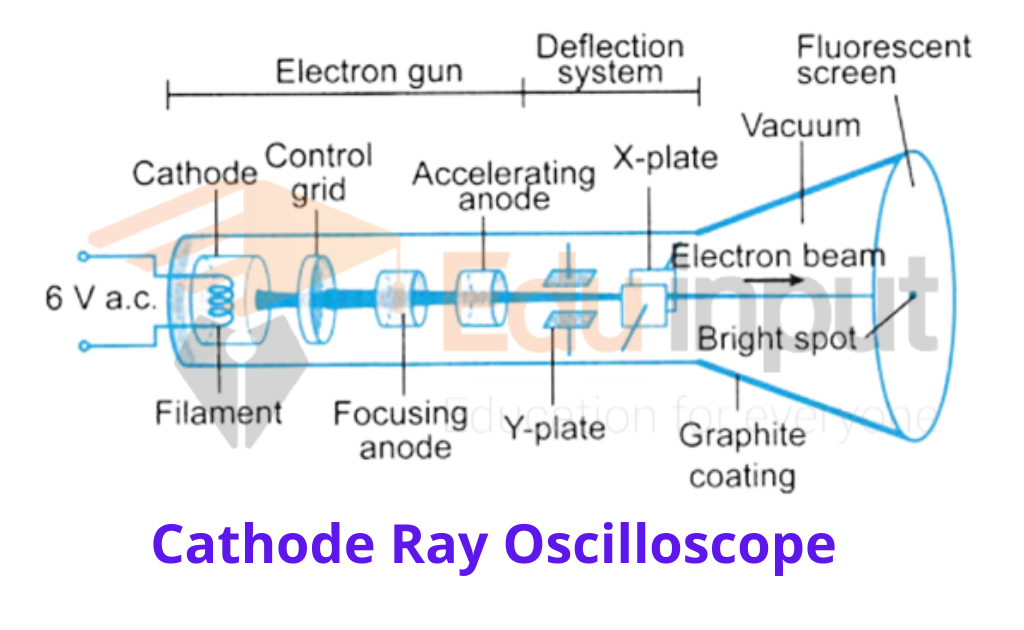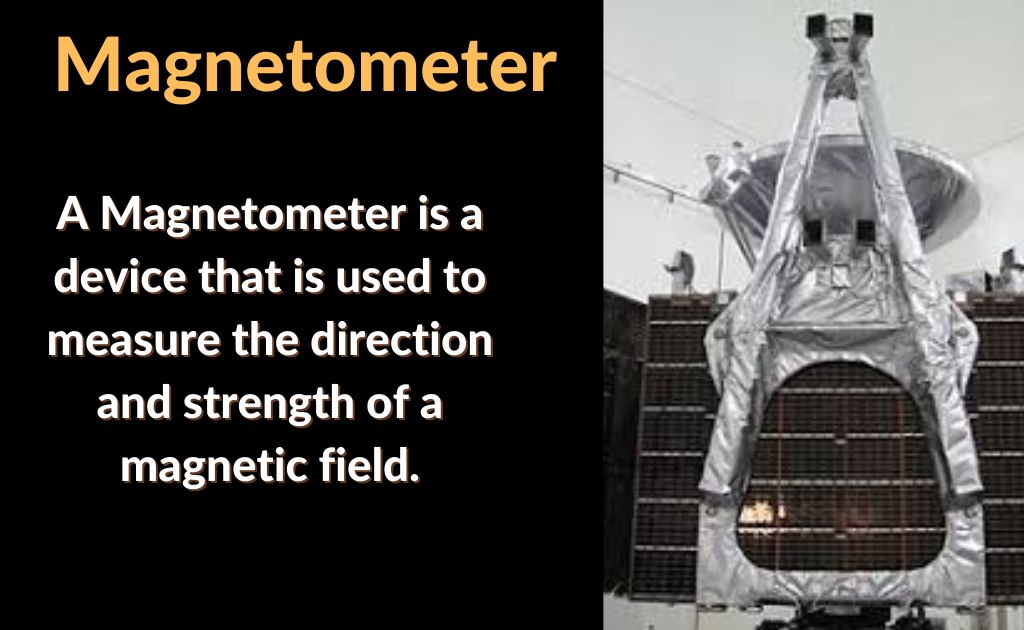Electromagnetic Field-Definition, Source, Structure, and Safety
An electromagnetic field (EMF) is a static electric field or magnetic field that is produced around an object and is radiated outward. The field around an object is called the field of an object.
What is an Electromagnetic Field?
The classical counterpart to the quantized electromagnetic field is a non-quantum field that is produced by fast electric charges. The field of light propagating at the speed of light interacts with charges and currents and can be identified as light. Its quantum counterpart is one of the four fundamental forces of nature and can be seen as the combination of an electric field and a magnetic field.

The electric field is produced by stationary charges and the magnetic field by moving charges; these two sources of the field are often described as the sources of the field. The way in which charges and currents interact with the field is described by Maxwell’s equations and the Lorentz force law.
The property of space caused by the motion of an electric charge is called the Electromagnetic Field. The electric field produced by a stationary charge is only in the surrounding space. The magnetic field can also be produced if the charge moves. A changing magnetic field can be used to make an electric field.
There is a stream of moving charges with which the electric and magnetic fields are related, and the field is considered to have its own existence in space apart from those charges or currents. Under certain circumstances, the field can be described as a wave transporting energy.
Electromagnetic Field Structure
The structure of the field can be classified into two different categories.
Continuous Structure
Magnetic and electric fields are created by charged objects moving together. The magnetic and electric fields produced by the oscillating charges can be observed in a smooth and wavelike motion. Continuous transfer of energy is observed between two field locations.
Discrete Structure
In the case of a photon, several experiments have shown that the energy flows in a fixed frequency or harsher way. The photon energy is linked to the Frequency by Planck’s constant. The equation is given in a way that makes sense.
E=hv
Here,
E = Photon Energy
h = Planck’s Constant
v = Frequency of Photon
Sources of Electromagnetic Fields
There are two basic sources of EMF.
Natural Sources
The field can be seen in the surrounding area, but it is not visible to the human eye. The electric fields are produced by the electric charges that are present in the environment. The compass needle can move in a North-South direction because of the magnetic field of the earth. Navigation for fish and birds is done with this.
Man-Made Sources
The energy generated by man-made sources is also included in the electromagnetic field. Electricity passing through the power sockets and x-rays are only a few of the human-made electromagnetic field sources. It is dependent on the frequencies of the radio waves and how they are associated. Broadcasting information through radio stations, television antennas, and mobile networks are possible using high-Frequency Waves.
Electromagnetic field safety
Depending on the frequencies and intensity of the fields, the potential effects on human health are vastly different. There is a significant amount of public debate surrounding the health effects of the very low frequencies of EMFs around power lines and electrical devices. The US National Institute for Occupational Safety and Health, as well as other US government agencies, do not consider EMFs to be a proven health hazard.
The data are currently too limited to draw good conclusions, but NIOSH has issued some cautionary advisories but stresses that the data are currently too limited to draw good conclusions.







Leave a Reply